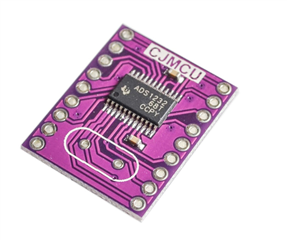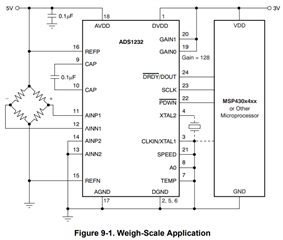Hi,
Good day. I hope you are well.
Our customer has the following question regarding the ADS1232.
"I am user of ADS1232 analog to digital converter chip.
I set ADC sampling speed as 80Hz by provide HIGH voltage to SPEED pin as your datasheet described.
However, it is operated in 10SPS or 80SPS randomly, not 80SPS constantly.
Does ADS1232 chip have any other algorithm to convert sampling speed?"
Can you please assist us with this matter? Thank you for your support.
Regards,
Cedrick



